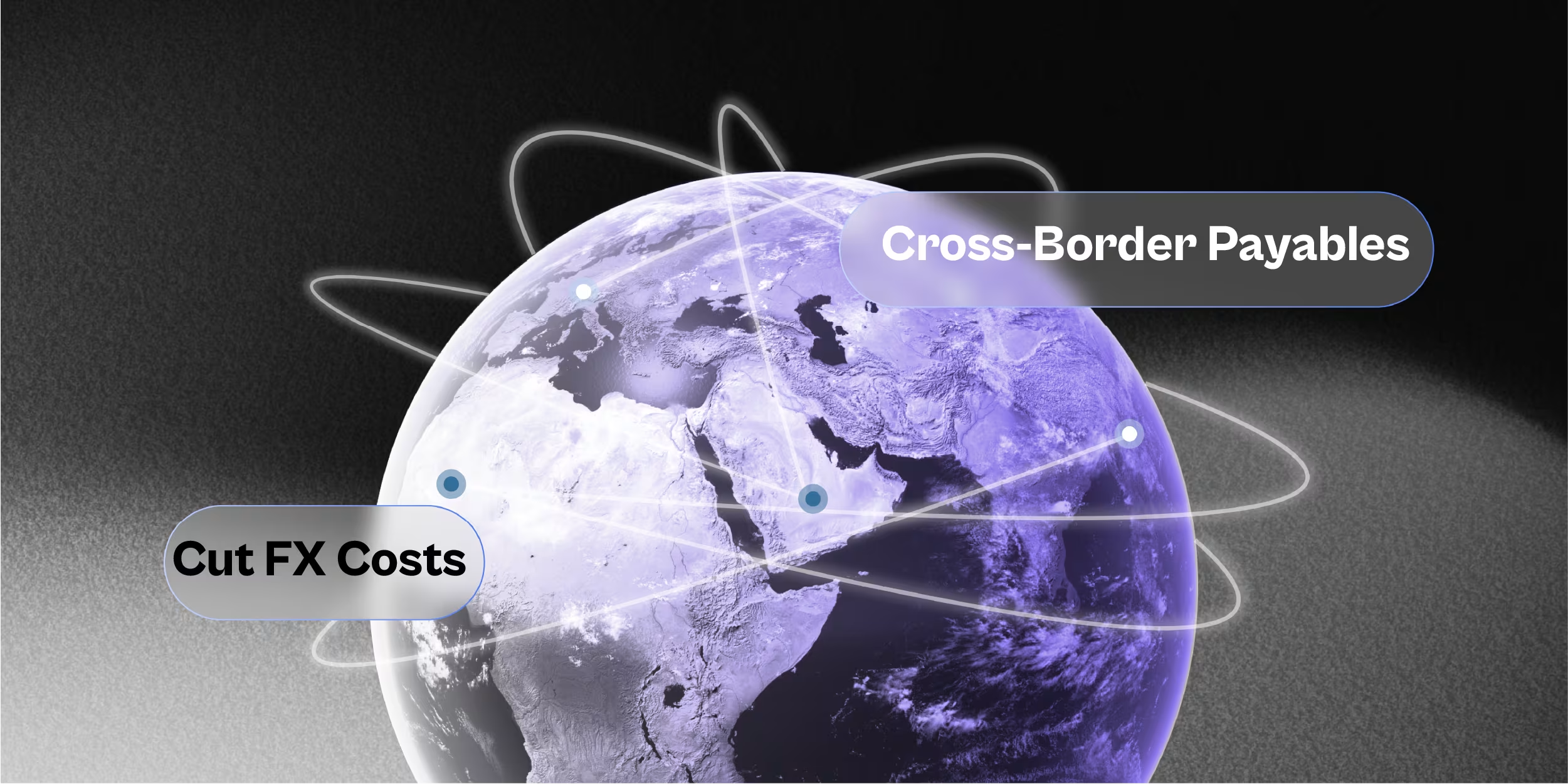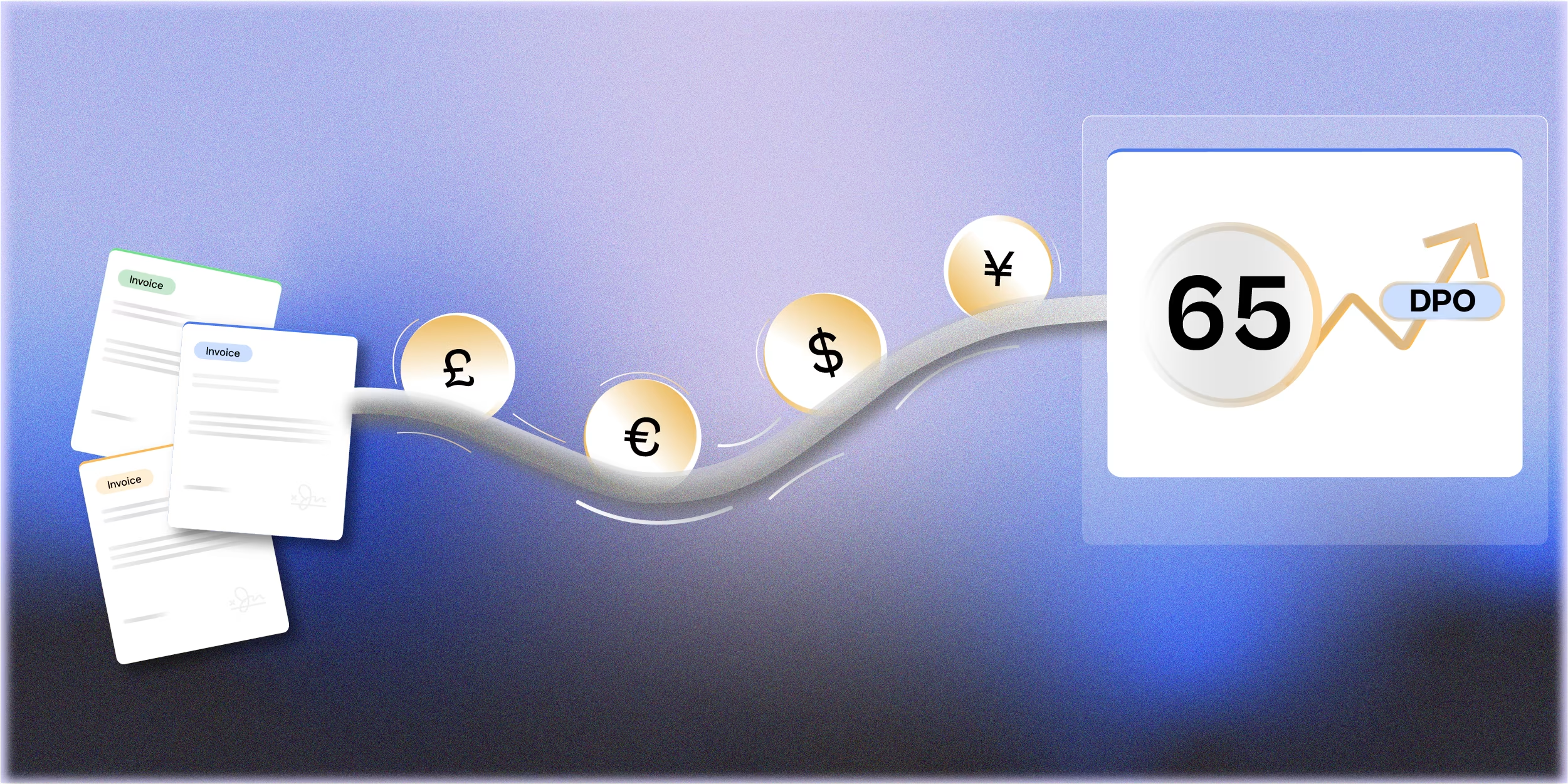As companies scale globally, the volume and complexity of cross‑border payables skyrockets. While invoice processing, approval workflows and supplier onboarding get much attention, many finance teams overlook the foreign‑exchange (FX) and conversion costs embedded in each payment. These hidden costs can erode margins, distort forecasting and erode supplier relationships.
The main challenge: cross‑border payables and FX cost leakage
When you send payments across borders, you face a layered set of cost drivers:
- FX spread / conversion margin – the difference between the mid‑market rate and the rate you’re given. For many providers this can be 1–3 % or more.
- Transaction & intermediary fees – your payment may pass through multiple correspondent banks, each charging fees.
- Processing delays & exposure risk – a delay between initiation and settlement means FX movements can erode value.
- Poor transparency – many providers roll fees into the FX rate or don’t show full breakdowns, making benchmarking difficult.
- Operational complexity – multiple currencies, local bank accounts, and manual workflows introduce hidden costs and reconciliation burdens.
In short, finance teams may think they’re simply doing global payables but they’re also absorbing material FX cost leakage often > 1 % of payment value.
Strategic implications for mid‑market finance teams
Here are four implications that CFOs and AP/treasury leads should internalise:
- Cost visibility is non‑optional. Without granular visibility into FX spreads, bank/intermediary pass‑through fees and timing risks, you can’t manage what you can’t measure.
- FX cost becomes a competitive lever. If your global peers are reducing FX spend by 0.5 %–1 % and you aren’t, you’re at a structural disadvantage in supplier negotiations, margin compression or pricing flexibility.
- Process and tech matter. Manual workflows, lack of local‑currency accounts or one‑off wires increase exposure and fail to scale. Automation and modern payment rails reduce cost and risk.
Stakeholder alignment is essential. AP teams, treasury/finance and procurement must coordinate. For example, procurement may negotiate global supplier contracts, but if treasury is stuck with high FX margins, the savings leak out.
ROI Benchmarks: Cutting FX Costs

Practical Playbook: How to Cut FX Costs
1. Map and measure your current state
- Extract data: volume of cross‑border payables, currencies used, conversion points, counterparties, banks and / or providers.
- Analyse current FX margins: compare average rates you receive vs mid‑market benchmark.
- Identify “leak points”: double conversions, multiple correspondent banks, small transactions with high fixed fees, slow settlement windows.
2. Rationalise payment corridors & currencies
- Group payables by currency and region. Target high‑volume corridors first.
- If possible, invoice and pay in a common currency (e.g., USD) or use local‑currency payouts to avoid intermediary conversions.
- Batch smaller payments into fewer wires to reduce fixed fees.
3. Select/renegotiate FX providers
- Approach providers that specialise in cross‑border payables and offer transparent FX margins.
- Negotiate tiered FX margin pricing based on volume.
- Require upfront fee and conversion‑spread disclosure (no hidden conversion margin).
- Explore locked‑rate or hedged payment options for large known payables.
- Consider payouts via payment platforms or fintech rails rather than legacy banks.
4. Enable local‑currency payout rails
- If you pay suppliers in multiple geographies, setting up local‑currency rails in key markets avoids extra conversion hops.
- Use payments platforms with wide global coverage to handling local‑currency payouts without maintaining multiple local bank accounts.
- Monitor payout success rates, reconciliation burden and local bank fees.
5. Automate workflows & improve reconciliation
- Integrate AP automation with treasury/FX systems so that payment instructions and FX conversions live in one workflow.
- Automate rate capture, margin reporting and payables analytics to surface cost trends.
- Improve supplier onboarding data quality (bank + currency) to reduce rework or corrective payments (which often incur FX cost penalties).
- Use dashboards to track FX margin trends, cost per corridor and payables efficiency metrics.
6. Monitor & iterate
- Monthly/quarterly review: FX margins by corridor, payment volume, fixed fees, number of conversions, delay days.
- Set targets: e.g., reduce conversion margin from 1.5 % to 0.8 % in 12 months.
- Engage procurement and supplier relations: savings from FX cost reduction can inform payment‑term negotiation or early‑payment discounts.
For finance teams managing global payables, FX cost is more than a treasury accessory, it is a controllable profit‑leak. By exposing hidden costs, rationalising currencies, renegotiating FX providers, enabling local‑currency rails and automating workflows, you can reduce FX spend, improve cash‑flow visibility and strengthen supplier relationships. With payables volumes rising, turning FX cost into a strategic lever is no longer optional, it is a competitive necessity.
Want to streamline cross‑border payables, reduce FX margins and improve treasury visibility?
Book a demo with Finofo today.







